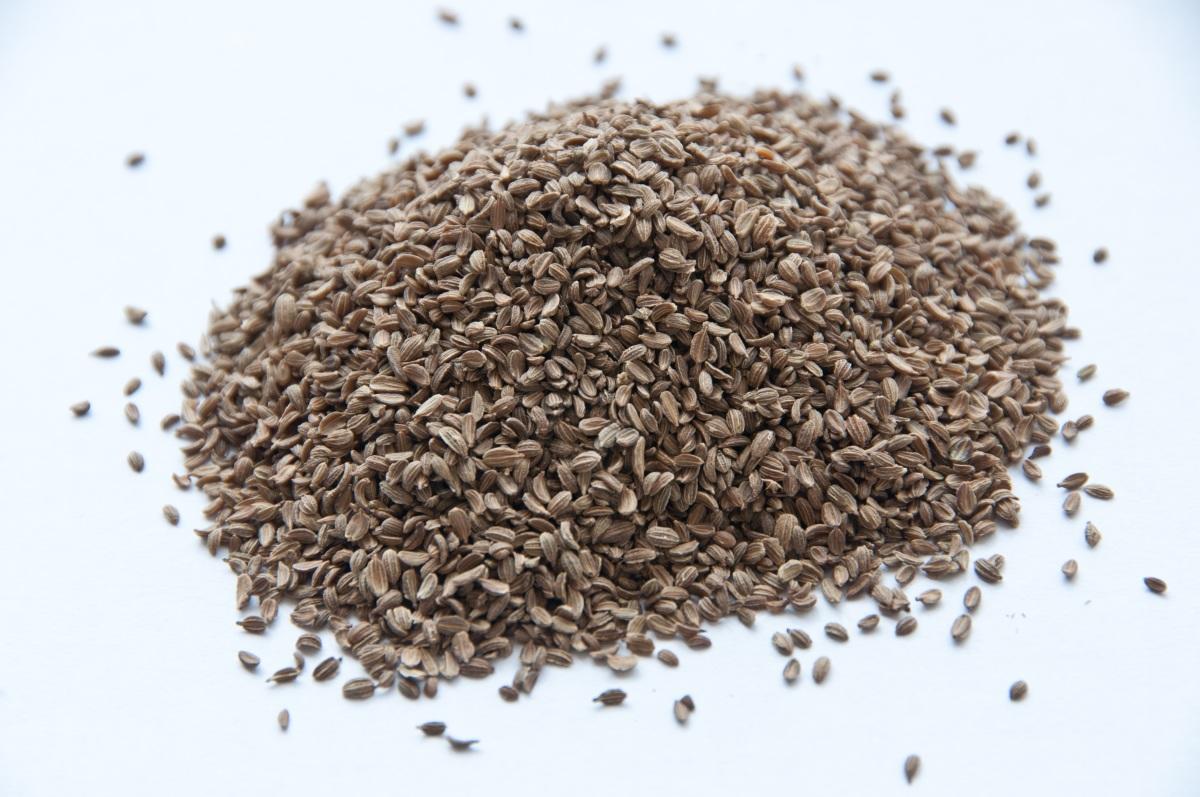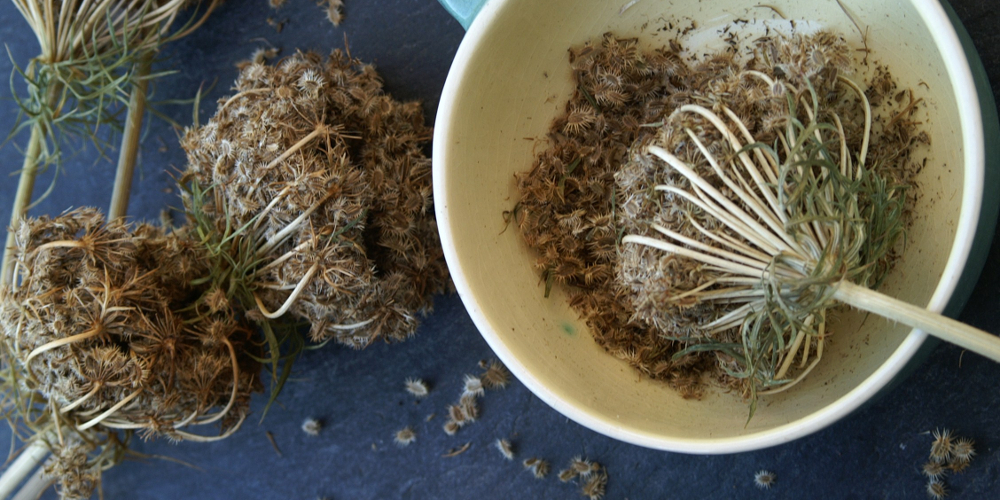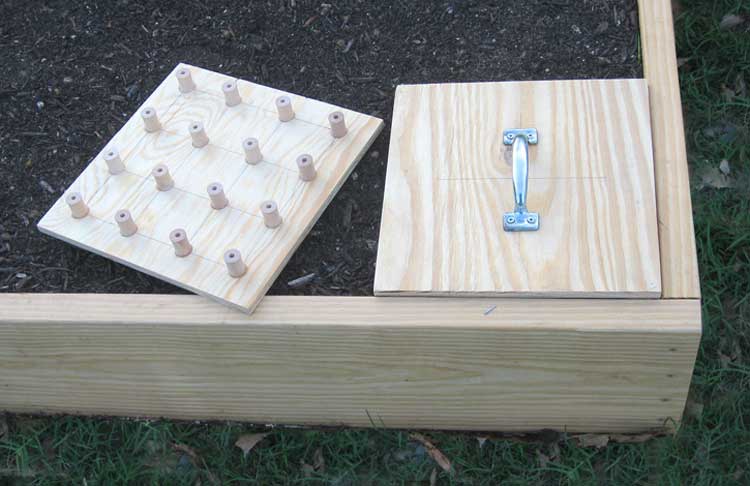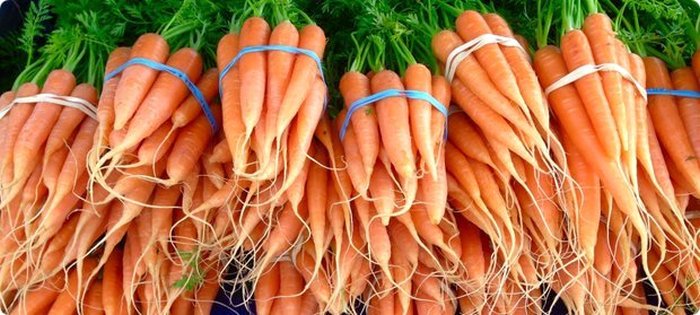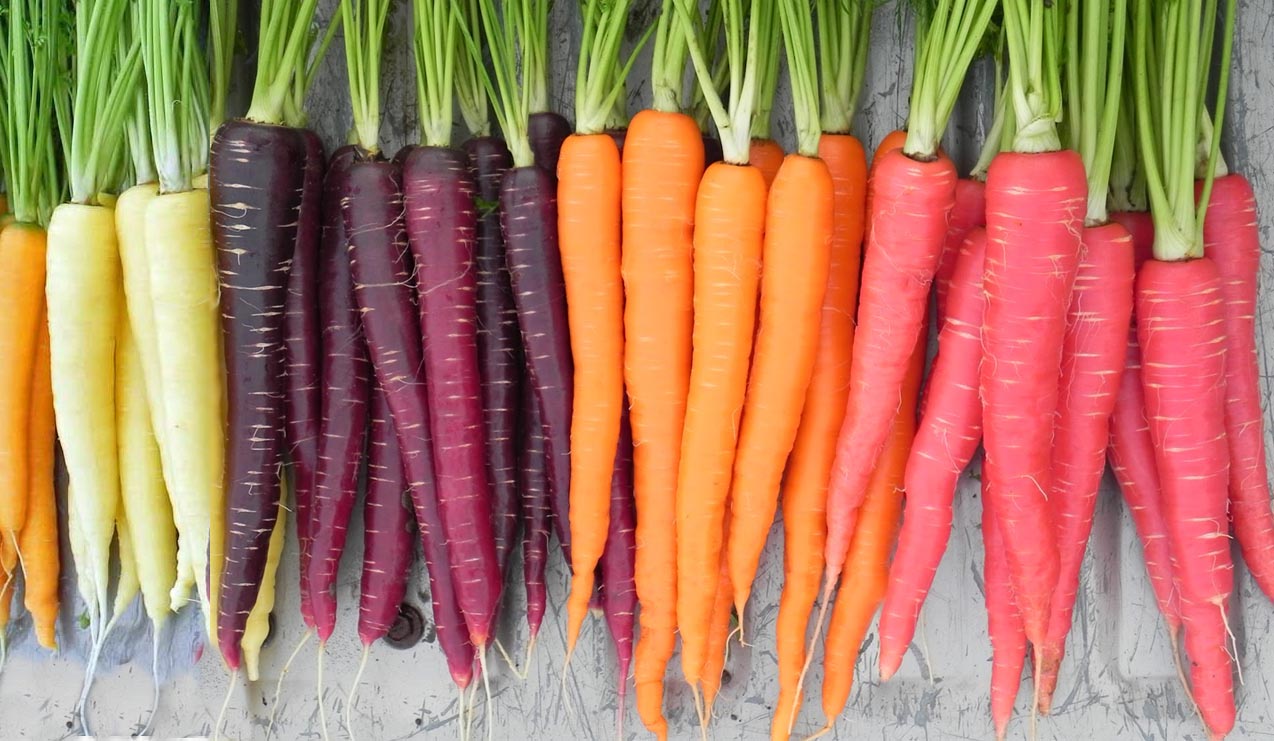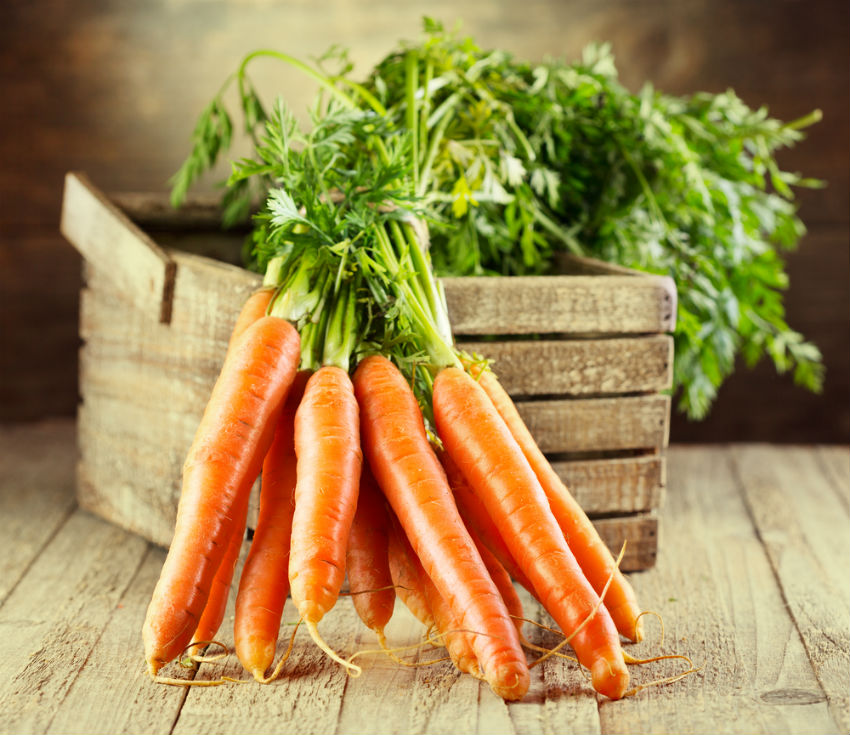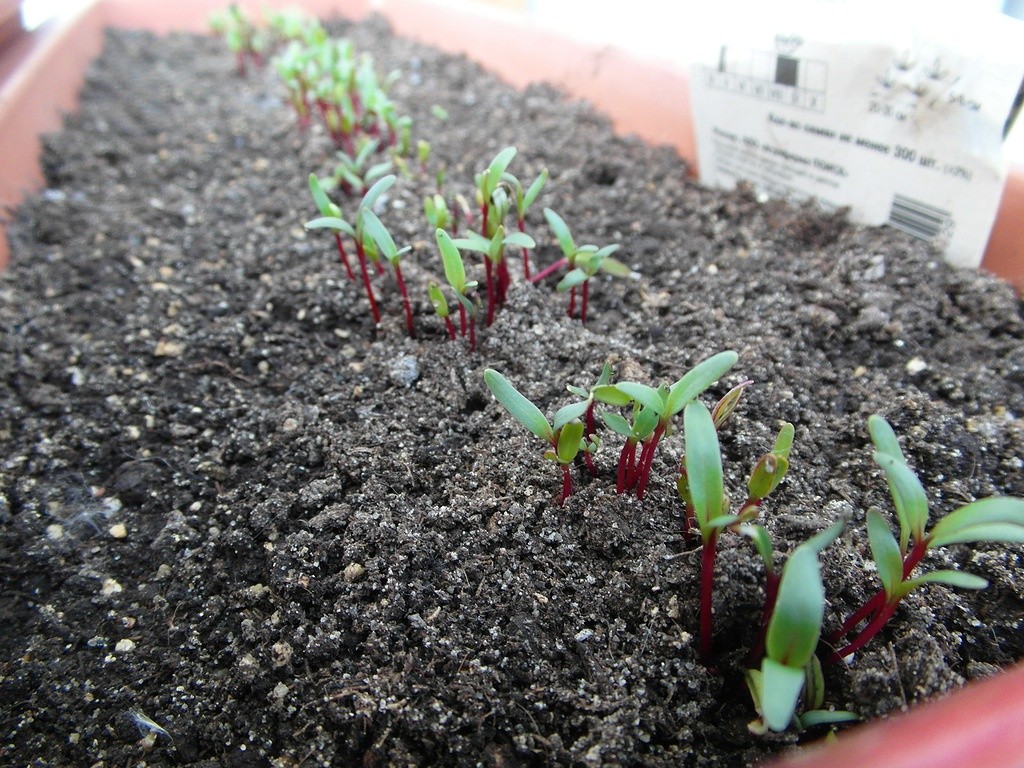Content:
Carrots are one of the most popular root crops, which is not particularly difficult to grow on your site. Growing carrots is usually done from seeds. What they are, and how they should be grown, we will try to find out.
Types of seeds and methods of germination
Carrot seeds can be bought ready-made.
They are sold in three main types:
- ordinary in bulk;
- granular;
- on the tape.
Ordinary placer seeds are sold in bulk, packaged in bags. The bag may look different. It all depends on the manufacturer. In some cases, packing is carried out in ordinary bags without design. It is more preferable to buy such. In the end, an open package will still be thrown away, but you won't have to overpay for the presence of pictures on the package. The standard bag contains 2 grams.
But if we are talking about an expensive hybrid variety, the weight of the package can be 1 or even 0.5 g. You should definitely pay attention to these nuances when choosing a seed. Seeds in bulk require germination before sowing. It is usually sufficient to soak the seed for a few days.
Granular seeds are preferred. The seed looks like this: one seed is placed in a round green or red granule. The very same granule is a shell of lime and various nutrients. The number of pellets is indicated on the packages with such seeds. Depending on their number, the price also varies.
Before you figure out how to properly plant carrots with granular seeds, you should understand that the rapid emergence of seedlings in this case is completely impossible - the first step is to dissolve the granule itself. But on the other hand, carrots grown from granules do not need to be thinned out, and they are guaranteed to grow large.
Another way to get a good harvest is to plant seeds on a belt. On sale in many specialized shops for gardeners there is a special tape on top of which seeds are glued at a given interval. The tape is placed in a groove of water, sprinkled with fertilizer and insecticides and buried. The length of the ribbons is usually 8 or 10 cm.
Not all gardeners are ready to buy planting material in the store. Some people prefer to grow carrot seeds for planting themselves. It is worth undertaking this event, first of all, if you want to plant varietal carrots, and the quality of the mother material is of primary importance.
Selected root crops are removed from the garden, the tops are removed from them and sent to storage separately from the main crop in containers. During storage, it is recommended to open the container in order to remove moldy specimens if necessary.
In the spring, the mother material is planted separately so that the upper part is completely sunk into the soil. Planting is fertilized with humus. The distance between the plants should be about 30 cm, and between the rows - 60 cm. After that, the carrots are watered abundantly.Further, the plant should be looked after, adhering to standard agricultural techniques: the culture is loosened, periodically weeded and fed.
In July, the carrot stock will form inflorescences. To get a good and large planting material, all the adherent tops must be removed, leaving only the central shoots to grow up. A marker that the seeds are ready to be harvested is the brown staining of the stems. The collected seeds require mandatory drying in a shaded cool place. An independent way of growing seeds is a guarantee of obtaining high-quality planting material.
Planting and leaving
To get a decent harvest, you need to know how to plant seed carrots correctly.
Seed consumption
Having figured out where to get the seeds from: to grow or buy, it's time to determine how much of them will be needed to plant a crop. On average, the rate of seed consumption can vary between 0.5-0.8 g per sq. meter. It all depends on the method of sowing: with three-row planting, for example, more seeds will be required than with two-row.
Consumption rates, as a rule, are calculated taking into account the fact that the average germination of seeds is at least 70, and their purity is 95%. If the indicated indicators are significantly lower, more seeds should be provided.
Seed preparation and stratification
Before you understand how to plant carrots in spring with seeds, you should carefully prepare the planting material itself. The first step is to soak each grain in room temperature water for a couple of hours. This will improve the germination rate of the carrots. Then the planting material should be evenly spread on a damp cloth and covered with the same damp cloth.
The fabric will need to be moistened periodically. Store the seeds in this way until they swell. As soon as the sprouts begin to hatch, the carrot seeds must be transferred to the freezer for hardening. The hardening process takes about 10 days.
Some gardeners, to increase germination and get rid of the need for thinning, pelletize them on their own. For this purpose, the planting material is disinfected, placed in a container, peat and humus are added, which were slaked with lime in advance and mixed with mineral fertilizers. In addition, any adhesive is added to the container. The composition must be thoroughly mixed. As a result, the mixture will completely envelop the seeds, and their shape will become round and the diameter will increase. Immediately before sowing, the pelleted seeds should be moistened, covered with a damp cloth and kept in this form for 1 to 3 days, periodically moistening and avoiding drying out.
Site selection, soil preparation and planting
Sow carrots in a sunny place. The site should, if possible, be selected on a hill in order to avoid erosion of seeds by groundwater and melt water.
Do not plant carrots in place of parsley, dill, parsnips or fennel. The root vegetable will grow best where tomatoes, garlic, cabbage, cucumbers or tomatoes were previously cultivated.
Before sowing seeds, you need to prepare the soil.It is worth starting to prepare the site in the fall: dig up, eliminate weeds and fertilize. In the spring, it will be enough to loosen the area and you can start sowing.
Sowing is done in a pre-prepared bed. For this purpose, grooves are made with a depth of 2-3 cm. The distance between the rows should be about 20 cm. The grooves are spilled with water, evenly sifted with carrots and sprinkled with earth.
When sowing carrots, a special marker is often used to ensure even seedlings. It resembles a rake and you can do it yourself. To make a marker, you need a board up to 20 cm in width and length along the width of the bed. At a distance of about 5-6 cm from each other, holes are drilled in it. Sharply sharpened wedges 6 cm long are inserted into them. It remains only to firmly press the devices to the ground, press, and then remove, and plant seeds in the holes that appear. To make a marker, you can use any home or garden materials at hand.
After planting, the seeds are covered with humus, watered with settled warm water and covered with foil.
Watering
To ensure a harvest, carrots should be watered, but this should be done in moderation. The root crop can suffer from both excess water and dry soil. Watering is required on average once a week, and in case of heat - 3 times a week. You should completely stop wetting the crop about a month before harvesting. This approach will improve the taste of the root vegetable and contribute to its longer storage.
Thinning
If the plant was planted from normal seeds, it is highly likely that the planting was done too densely. In this regard, sooner or later the gardener will ask himself how to thin out the carrots correctly, and when it should be done.
The procedure is performed no more than two times during the entire growing season:
- the first procedure is carried out when the first two leaves appear, while the seedlings should be pulled out in such a way that the distance between the seedlings remaining on the bed is from 1.5 to 3 cm;
- the second thinning involves the removal of weak shoots, during this period they should have at least 4 full leaves; the distance between the remaining plants should be about 5-6 cm.
To successfully thin out the carrots, you should slightly irrigate the soil before starting the procedure. In parallel with unnecessary plants, weeds that have had time to grow should be eliminated. The description of the procedure itself is not required. The most important thing is to be careful that the plants are removed from the soil along with the root system.
